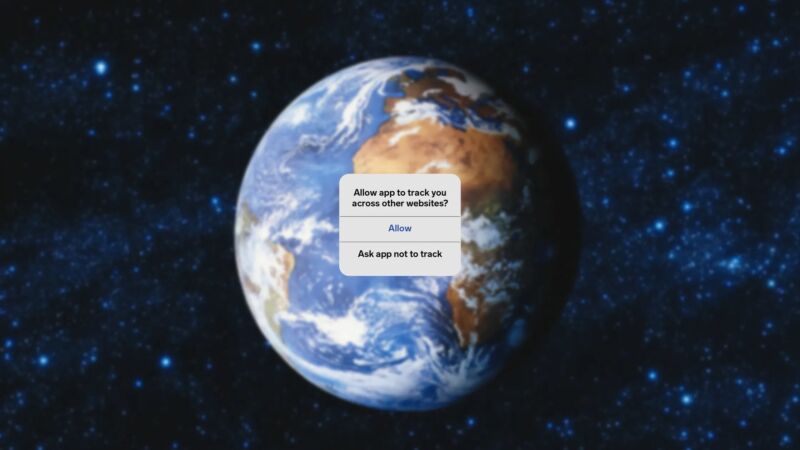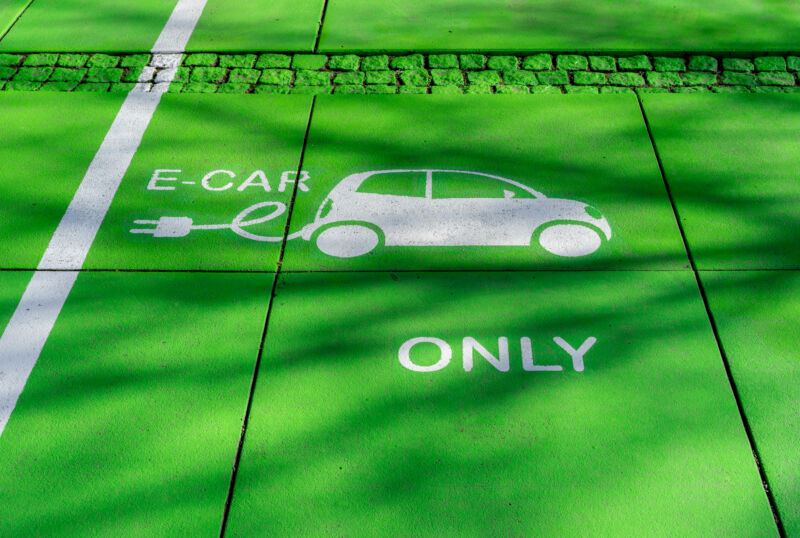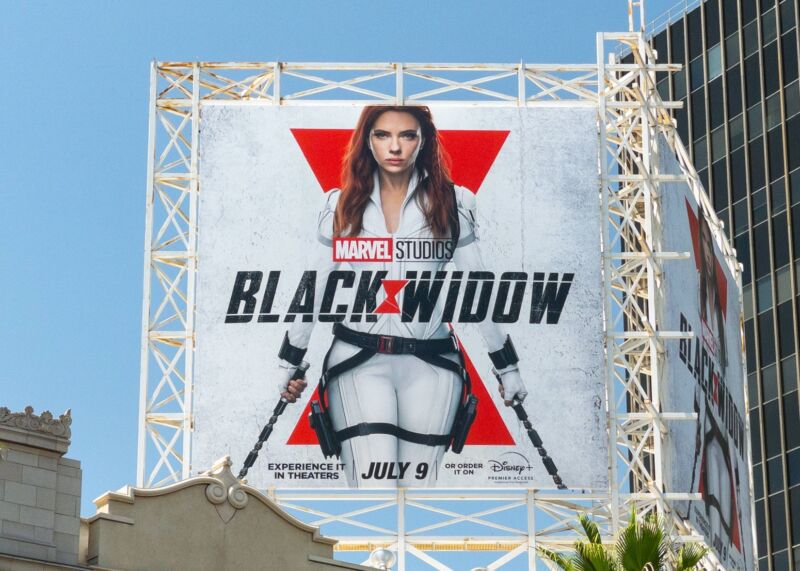
Enlarge / Dev Patel stars as Gawain—nephew to King Arthur and an aspiring knight—in The Green Knight, filmmaker David Lowery's mesmerizing adaptation of the 14th-century anonymous poem, Sir Gawain and the Green Knight. (credit: A24)
The tale of Sir Gawain and the Green Knight, immortalized in a 14th-century anonymous poem, is among the most popular of the Arthurian legends, second only to the quest for the Holy Grail. Yet I would argue that it has never been successfully adapted to film—until now. Director David Lowery's new film, The Green Knight, takes some necessary liberties with the source material. But he also artfully weaves in elements and symbols from that source material to create a darkly brooding fantasy quest that is just as richly textured and layered as the medieval poem on which it is based.
(Major spoilers for the 14th-century medieval poem below; some additional spoilers for the film are below the gallery.)
Let's lay out the basics of the original poem before discussing the clever ways in which Lowery (A Ghost Story, Pete's Dragon) has reimagined it. As I've written previously, Sir Gawain and the Green Knight falls into the chivalric romance genre, relating a well-known story from Arthurian legend in distinctively alliterative verse. (Alliteration was all the rage at the time. I highly recommend J.R.R. Tolkien's translation from 1925 or Simon Armitage's 2008 translation, recently revised.)










